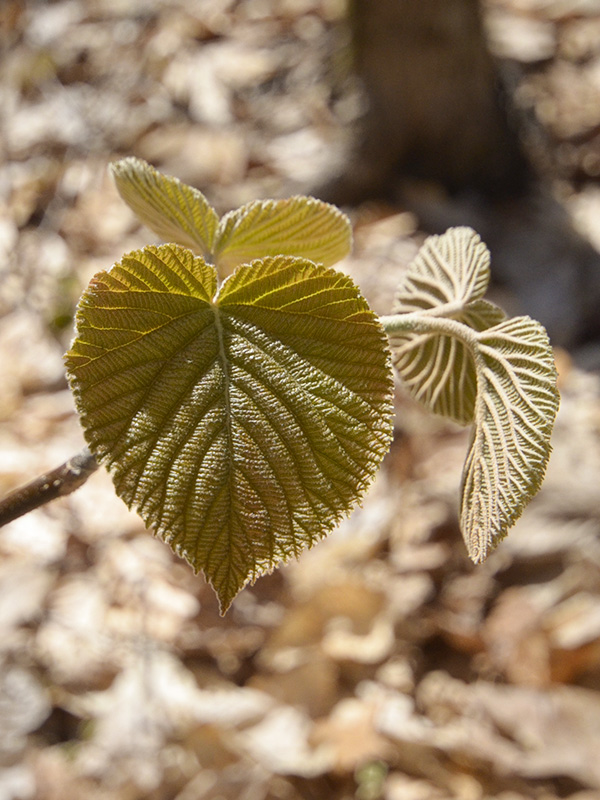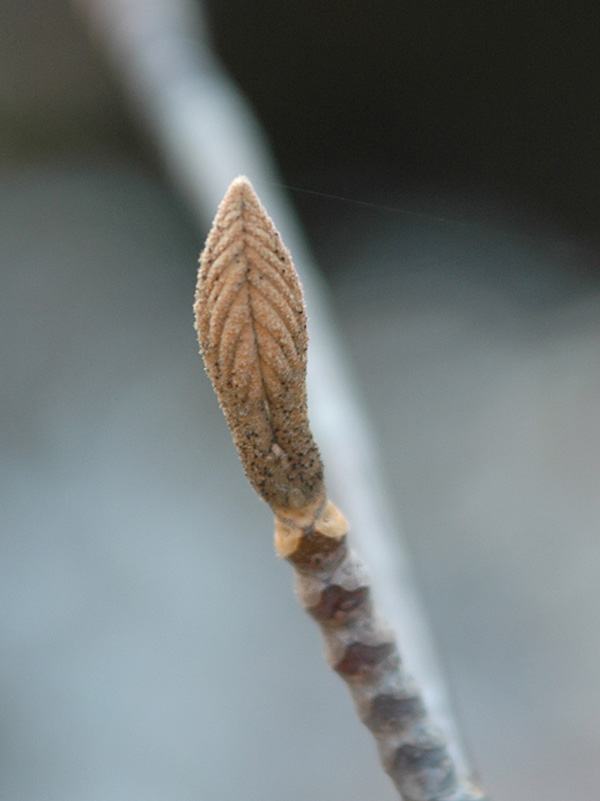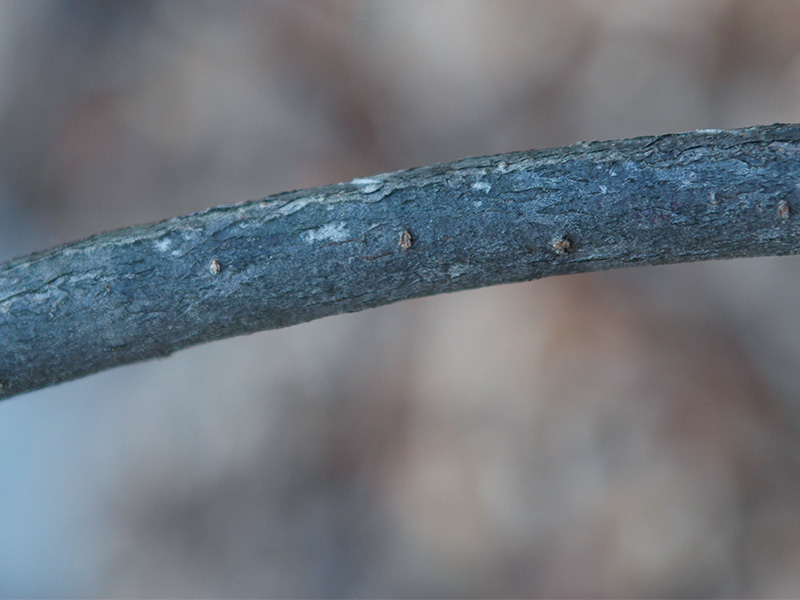| Shape | Medium height shrub that has a sprawling habit if left alone to root from branch tips. Lateral branches are the most prominent. |
| Landscape | Used for border and mass plantings. |
| Propagation | Seeds should be sown during a cold period so it can germinate. Takes up to 2 years for seeds to germinate. Can also propagate through soft-wood cuttings. |
| Cultivation | Cool moist soil in partial to full shade. Prefers to be grown in gravelly or sandy loam soils and acidic soil. Responds fairly well to transplanting but may require some aftercare. Shrubs need to be pruned initially because of its overlapping, confusing l branches that make up this bush. |
| Habitat | Swamps, moist forests and on river or stream banks. |
| Flower/Leaf Bud Description | 2 cm in length, buds tend to be fuzzy and slightly resemble moose ears. |
| Leaf Description | Large deep, pinnately veined leaves that grow to about 20 cm in width. Leaves are ovate or heart shaped and are finely serrated on the leaf margin. |
| Flower Description | Flowers occur in bunches. Large sterile flowers encircle the outside of the cluster in order to draw insects to the smaller and fertile flowers in the middle. |
| Fruit Description | Has clusters of small berries, that are 1 cm. |
| Colour Description | Red and black berries during late summer. Leaves are green until autumn when they change to a bright red. Flowers are white. Buds are copper in colour. Brownish-green to grey bark with lenticels that are raised and copper in colour
|


